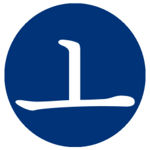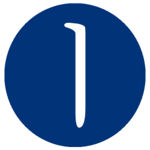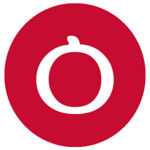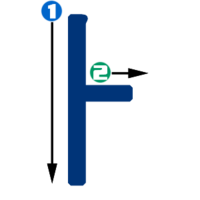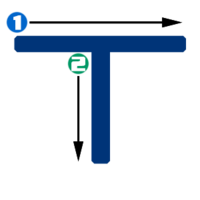Hangeul step 2
|
|
|
| Help · Cheat Sheet · Community portal |

|

|
Contents
Introduction
Since consonants cannot be pronounced without the help of a vowel, we have decided to teach you the vowel first, then proceed to pair it with a consonant. Note some of these files are set to loop, so you must manually stop the files yourself.
In this lesson, you will learn:
|
| ||||||||||
|
For full information about this letter, see ㅏ.
|
This is pronounced like a mix between a G and a K at the beginning of a word. However, when found between vowels, the sound is voiced and makes a /g/ sound. For full information about this letter, see ㄱ. | ||||||||||
| Practice | |
|---|---|
| 가 | |
|
| ||||||||||
|
This sound makes an "ooh" sound, similar to 'moon' or 'blue' or the U sound in Spanish (i.e. usted in "usted"). For full information about this letter, see ㅜ.
|
This sound is the same as the N sound in English. For full information about this letter, see ㄴ. | ||||||||||
| Practice | |
|---|---|
| 누 | |
| 나 | |
| 구 | |
|
| ||||||||||
|
For full information about this letter, see ㅗ.
|
This sound is the same as the M sound in English. For full information about this letter, see ㅁ. | ||||||||||
| Practice | |
|---|---|
| 모 | |
| 마 | |
| 무 | |
| 고 | |
| 노 | |
|
| ||||||||||
|
This sound is similar to the 'ee' sound in 'see' or 'free.' For full information about this letter, see ㅣ.
|
This is pronounced like a mix between the sounds of a T and a D at the beginning of a word. However, when found between vowels, the sound is voiced and makes a /d/ sound. For full information about this letter, see ㄷ. | ||||||||||
| Practice | |
|---|---|
| 디 | |
| 다 | |
| 두 | |
| 도 | |
| 기 | |
| 니 | |
| 미 | |
| ||||
|
ㅇ represents no sound when found in the initial position of a syllable. Instead, it simply acts as a placeholder since vowels cannot be written by themselves. However, if ㅇ is in the final (bottom) position, it makes an "ng" sound, i.e. 'sing' or 'wrong' (IPA: ŋ ), but these final position sounds will not be discussed until step 5 of this lesson. For now, think of it as a placeholder for a consonant when only a vowel sound must be written. For full information about this letter, see ㅇ. | ||||
| Practice | |
|---|---|
| 아 | |
| 우 | |
| 오 | |
| 이 | |
Real Examples
More Examples
| Word | Audio |
|---|---|
| 가깝다 (to be close) | |
| 과외 (private lesson) | Error: file |
| 가위 (scissors) | |
| 과일 (fruit) | |
| 과자 (snack) | |
| 기쁘다 (to be glad) | |
| 깍두기 (cubed radish kimchi) | |
| 꽃 (flower) | |
| 뜨겁다 (to be hot [touch]) | |
| 법원 (court of law) | |
| 비싸다 (to be expensive) | |
| 빠르다 (to be quick) | |
| 스웨덴 (Sweden) | |
| 싸구려 (cheap goods) | |
| 싸다 (to be cheap) | |
| 싸우다 (to fight) | |
| 쓰다 (to use, to write) | |
| 어렵다 (to be difficult) | |
| 예쁘다 (to be pretty) | |
| 왕 (king) | |
| 왜 (why) | |
| 외국 (foreign country) | |
| 외숙모 (mom's brother's wife) | |
| 원 (The won, Korean currency) | |
| 웬일 (what reason) | |
| 위험하다 (to be dangerous) | |
| 의료 보험 (medical insurance) | |
| 의사 (doctor) | |
| 의자 (chair) | |
| 치과 (denist office) | |
| 취하다 (to get drunk) | |
| 회사 (company) | |
| 원숭이 (monkey) |
Writing
Characters are written in a certain stroke order. Korean letters are written left to right, top to bottom.

|

|




